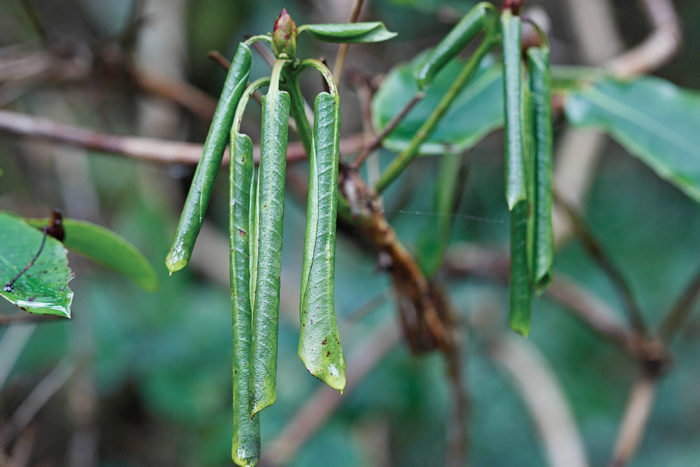
Rhododendrons have a predilection for moist, acidic soils. Their roots are fine and shallow. Generally, they are pretty adaptable and long-lived, but there are a few all-too-easy ways to bump off these hardworking shrubs.
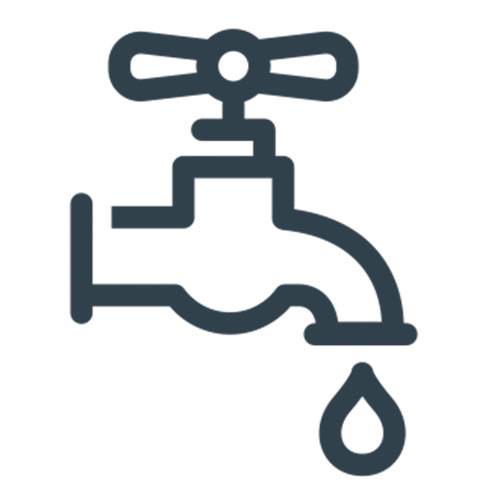
Too much water
Overwatering and planting in heavy, poorly draining soils are primary causes of death for newly planted rhododendrons. With new plantings, gardeners generally learn to dig a hole twice as wide and as deep as the root ball being planted. The plant is then placed in the hole and backfilled with a mixture of compost and soil. This can be a quick way to kill a rhododendron with love! Anyone who spots rhododendrons in wild locations can easily see that these plants grow in shallow, well-draining soils. The typical perennial planting crater can create a basin to hold water, especially if the surrounding soil is heavy (clay), compacted, or otherwise poorly draining. The continual presence of water around the root ball will inhibit gas exchange and stress your new rhodie. Further, overly moist soils provide a better environment for fungi, and an already stressed plant may be more susceptible to microbial damage. Managing soil conditions in and around the garden where your treasured rhododendrons are planted is the easiest way to avoid damage from excess water.

Excessive application of fertilizer
Overfertilization can result in damaged roots and leaves, and some rhododendrons can be killed with fertilizer. These plants have naturally evolved to thrive in low-nutrient environments, and in decent garden soil they do not need much, if any, additional nutrients. If soils are poor, top-dressing with compost can do the trick. If granular or other broadcast fertilizer is used to adjust particularly poor soil, there are some things to consider first. Acid lovers like rhodies do best in acidic soils. If your rhodie is planted in soil that is neutral to alkaline, you can use a specialized fertilizer formulated for acid-loving plants. Such fertilizers break down at a low pH, allowing plants to access the nutrients they need for optimal health. These fertilizers are not necessary if your garden soil is already acidic.
In New England or other colder climates, nitrogen fertilizer should not be applied in late fall, because it will promote new lush, tender growth that will not have the capacity to harden off before the damaging cold and wind of winter. Apply ing a low dose of balanced fertilizer in early spring as flower buds begin to swell is generally the best plan. Do this on an as-needed basis—every other year or so.
Fungal disease
Phythopthera is a cosmopolitan, soil-dwelling group of fungi that afflict thousands of plant species—including rhododendrons. These microbial pathogens thrive in constantly moist conditions and attack the root systems of plants in their quest for nutrition. The result of infection is the destruction of the below-ground vascular system that carries water and nutrients between the roots and the above-ground plant parts. As infection becomes severe and water transport fails in the plant, a sudden and irreversible wilting of leaves occurs (top photo). Although most rhododendrons and azaleas are susceptible, some breeders have started using species in their plant development programs that hail from warm, wet environments where these fungi thrive. In doing so, they hope to add resistance to fungal infection.

Lack of water
Rhododendrons do not have thick, deep taproots; their roots are fine and grow very superficially. Therefore, they may need reliable moisture to avoid damage from drying out. That said, once established, most rhodies are relatively drought tolerant (and slow growing). Be sure to site them appropriately and provide regular watering. Soils should be well draining, and mulching is highly beneficial. Drought stress can be seen over time as failure of the plant to maintain the previous years’ foliage, resulting in a more open and scraggly habit. Not all cultivars are dense and full with age, but a poor habit may be a result of environmental stressors such as a lack of water.

Planting too deep
Setting a rhododendron too deep when planting, or burying roots under many inches of mulch, can be highly damaging and even cause death. To maintain nutrient uptake and gas exchange, roots need to be very close to the surface—not more than 1 to 3 inches deep. When planting new specimens, be sure to find the point where the trunk flares and roots extend from the plant first. Often some excavation is required. These should be set at or just above the soil line, assuming some settling will occur. In addition, a light mulching will help maintain moisture and insulation.
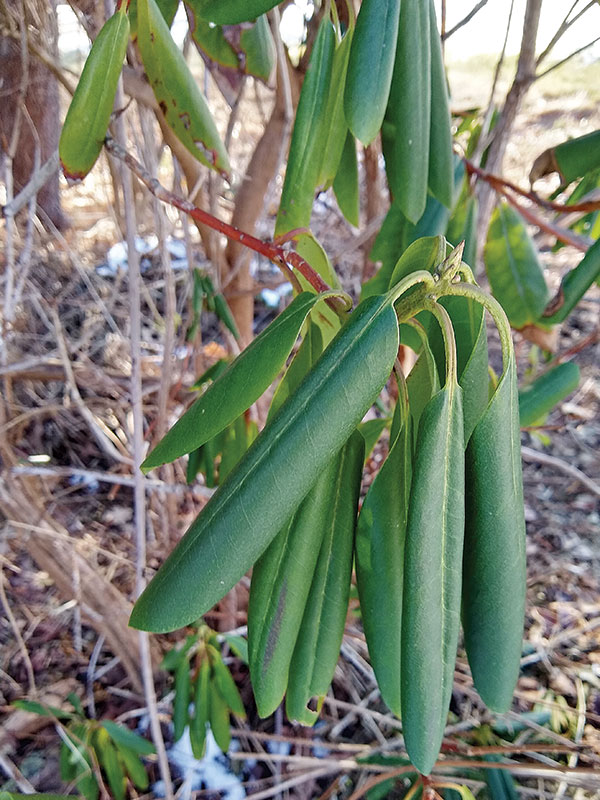
Cold winter temperatures
With over a thousand species, rhodies can vary wildly in their capacity to withstand changes in temperature. Do some homework on the hardiness of the cultivars you select, and have a good sense of what your garden can withstand in terms of winter cold and wind. Know thy zone! In winter, the foliage of rhodies may curl and droop; that’s the plants’ attempt to protect their leaves by decreasing their exposure and surface area (photo). If they are not overly damaged by winter conditions, these leaves rebound and perk up in spring. If they don’t, you can assume they are toast. In many cases, it’s not absolute cold that induces this stress response and can kill these fine shrubs, but desiccating winter winds. Siting plants in protected locations is important to helping them maintain their foliage for more than one season.

Hot summer sun
Many rhododendrons do better with some morning sun, although there are some species and cultivars that do not handle sun at all. Most rhodies do not fare well if exposed to long periods of hot, midday sun. The large, dark green leaves do not have the capacity to deflect or mitigate excessive sun and heat. You may notice leaves turning yellow and dropping off, or getting brown margins. Keeping soils moist can help plants stay cooler and hydrated in hot, dry conditions, although in some cases this can lead to root rot of heat-stressed plants. To grow the best rhododendrons, you generally want to avoid hot sun and to provide a more dappled light.
Daniel Robarts is a horticulturist and plant propagator/breeder at Coastal Maine Botanical Gardens in Boothbay.
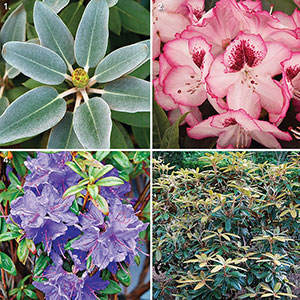
To learn more about rhododendrons, view the entire collection:
Awesome, Underused Rhododendrons
Fine Gardening Recommended Products
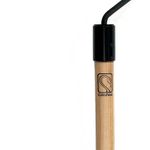
CobraHead® Long Handle Weeder & Cultivator Garden Tool
Fine Gardening receives a commission for items purchased through links on this site, including Amazon Associates and other affiliate advertising programs.
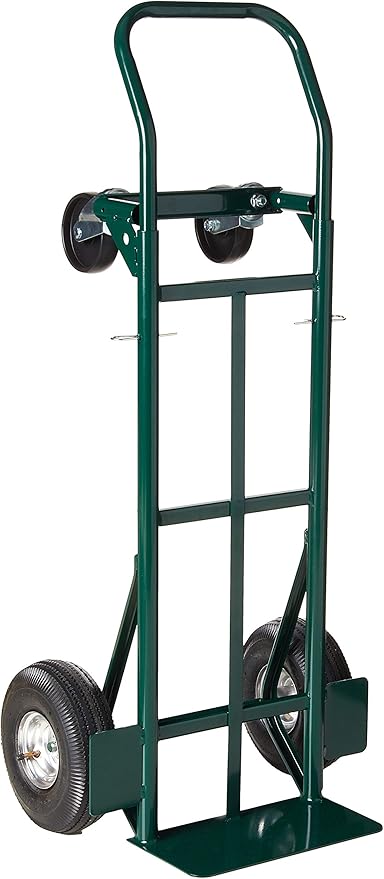
Harper Super Steel 700-lb. Platform Hand Truck
Fine Gardening receives a commission for items purchased through links on this site, including Amazon Associates and other affiliate advertising programs.


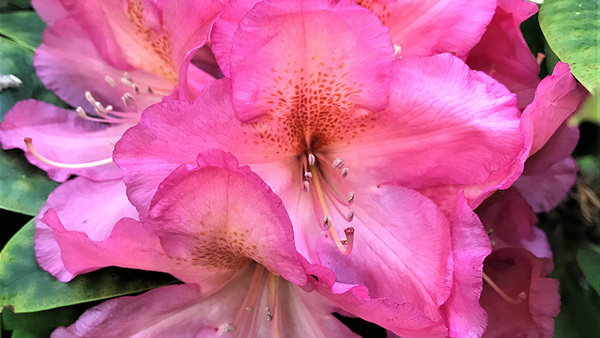
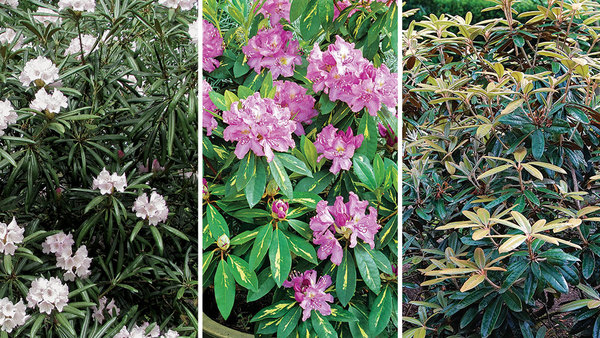
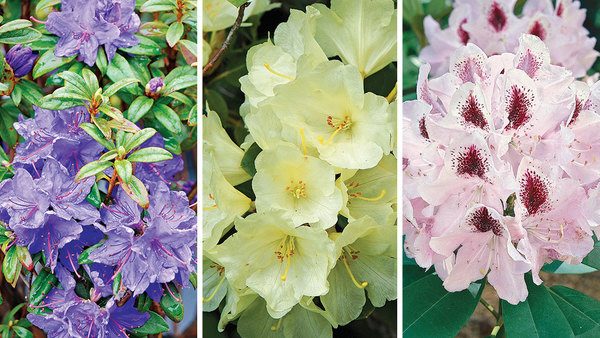

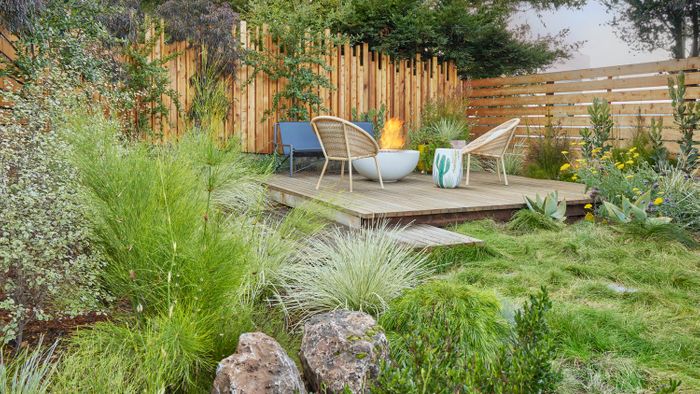
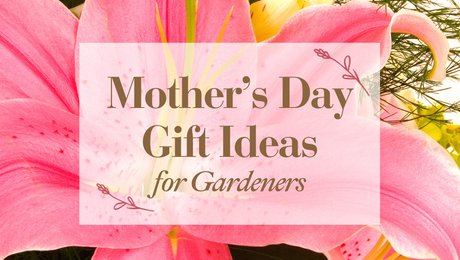











Comments
Log in or create an account to post a comment.
Sign up Log in